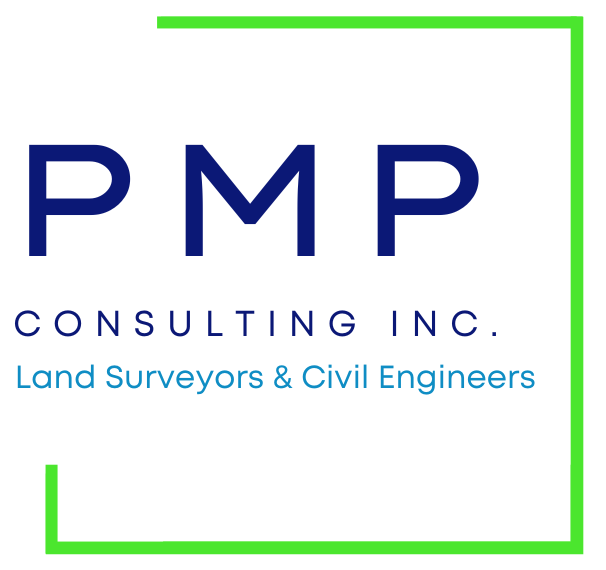Have you ever wondered how land surveyors determine your property lines with such accuracy? In this article, we unveil the expertise of land surveyors and shed light on the methods they employ to define property boundaries.
Understanding the Importance of Property Lines:
Property lines serve as the invisible boundaries that demarcate your land and establish your rights and responsibilities as a landowner. Accurate knowledge of property boundaries is crucial for a variety of reasons, including real estate transactions, property development, resolving disputes, and ensuring compliance with local regulations.
The Role of Land Surveyors:
Land surveyors are highly trained professionals equipped with the skills and tools necessary to precisely locate and map property lines. They play a pivotal role in ensuring that landowners have a clear understanding of the extent and boundaries of their property. By conducting detailed surveys, they provide accurate information that can have far-reaching implications for legal and developmental purposes.
Methods Employed by Land Surveyors:
Deed Research: Land surveyors begin by meticulously studying historical records, including deeds, plats, and maps. These documents hold vital information about property boundaries and previous surveys, serving as valuable references in establishing the initial framework for the survey.
Field Work: Armed with their expertise and specialized equipment, land surveyors embark on fieldwork. They utilize a combination of traditional and modern surveying techniques to measure distances, angles, and elevations accurately. Advanced tools such as GPS (Global Positioning System) receivers and laser rangefinders aid in achieving precise measurements.
Boundary Markers: Land surveyors strategically place physical markers along property lines to provide visible references for property owners. These markers can include stakes, iron pins, concrete monuments, or natural landmarks. These markers act as a tangible representation of property boundaries and serve as an invaluable resource during property disputes or future surveys.
Data Analysis and Mapping: Once the fieldwork is complete, land surveyors analyze the gathered data to create detailed maps and reports. They utilize advanced software to process the measurements and accurately depict property boundaries, often integrating geographical and topographical data. These maps are essential for legal purposes, property transactions, and development projects.
Ensuring Accuracy and Compliance:
Land surveyors adhere to strict standards and guidelines set by professional bodies and local authorities. Their work is subject to rigorous quality control measures to ensure the accuracy and reliability of the survey results. Compliance with these standards and regulations safeguards property owners’ rights, prevents disputes, and promotes fair and transparent land use practices.
The profession of land surveying plays a pivotal role in providing landowners with the essential knowledge of their property boundaries. Through meticulous research, fieldwork, and data analysis, land surveyors employ their expertise to precisely determine property lines. By working with land surveyors, individuals and organizations can ensure the accuracy of property boundaries, safeguard their interests, and foster responsible land management.
We hope this article has shed light on the crucial role of land surveyors in defining property lines. If you have any questions or require the services of a professional land surveyor, feel free to reach out to us.
Disclaimer: This article is for informational purposes only and should not be considered legal advice.
